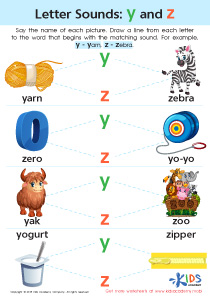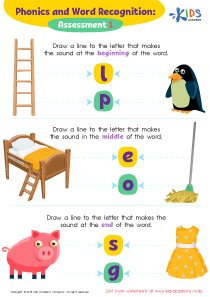Sound recognition Normal Vowels Worksheets for Ages 3-7
5 filtered results
-
From - To
Discover engaging "Sound Recognition Normal Vowels Worksheets" designed for ages 3-7 at Kids Academy. These colorful, well-crafted worksheets focus on helping young learners differentiate vowel sounds, enhance phonemic awareness, and build a strong foundation in reading. Children will enjoy tailored activities that incorporate games, matching exercises, and visual aids to make learning fun and effective. Our expert-approved worksheets ensure that kids develop essential literacy skills while enjoying the learning process. Perfect for parents, teachers, and caregivers looking to support early reading development. Explore our range and give your little ones a head start on their educational journey!
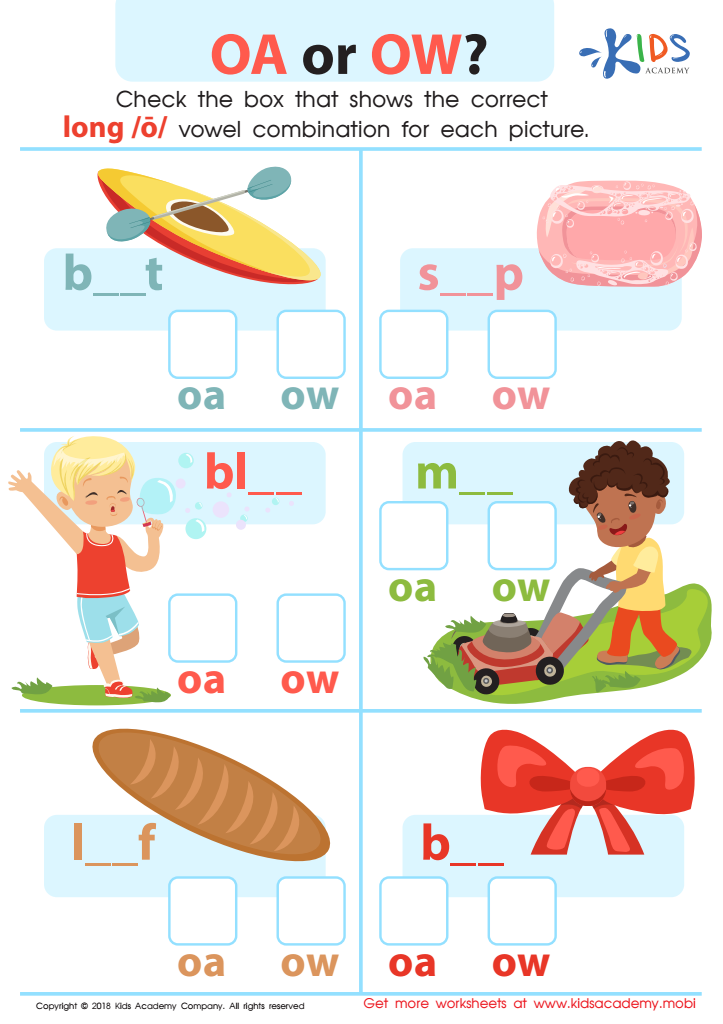

Reading: OA or OW Worksheet
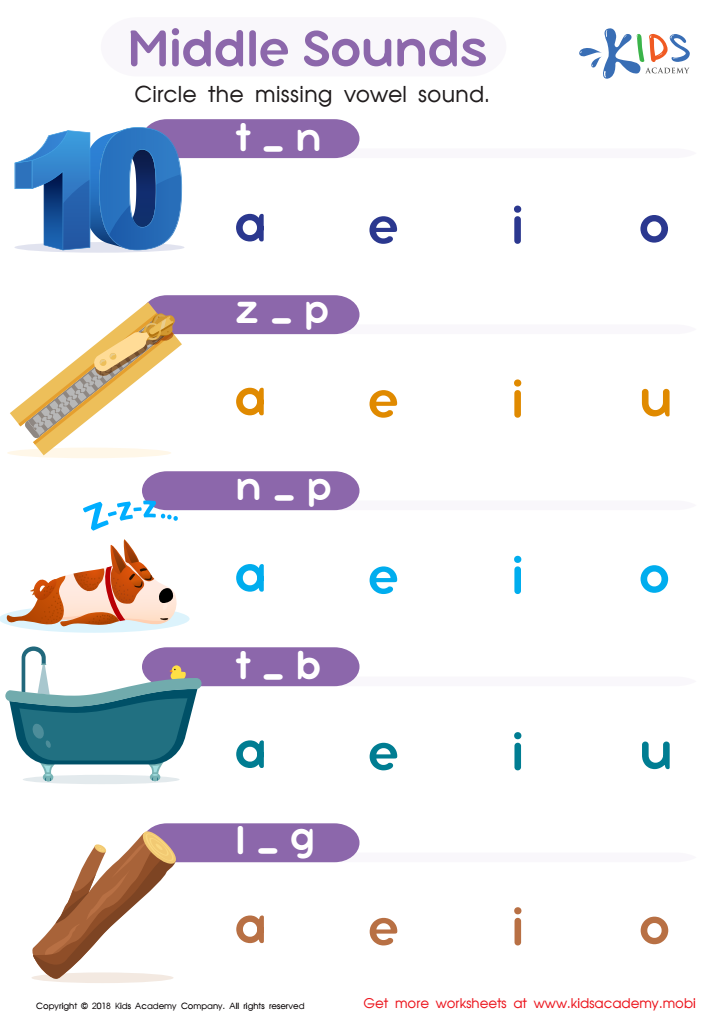

Middle Sounds Worksheet
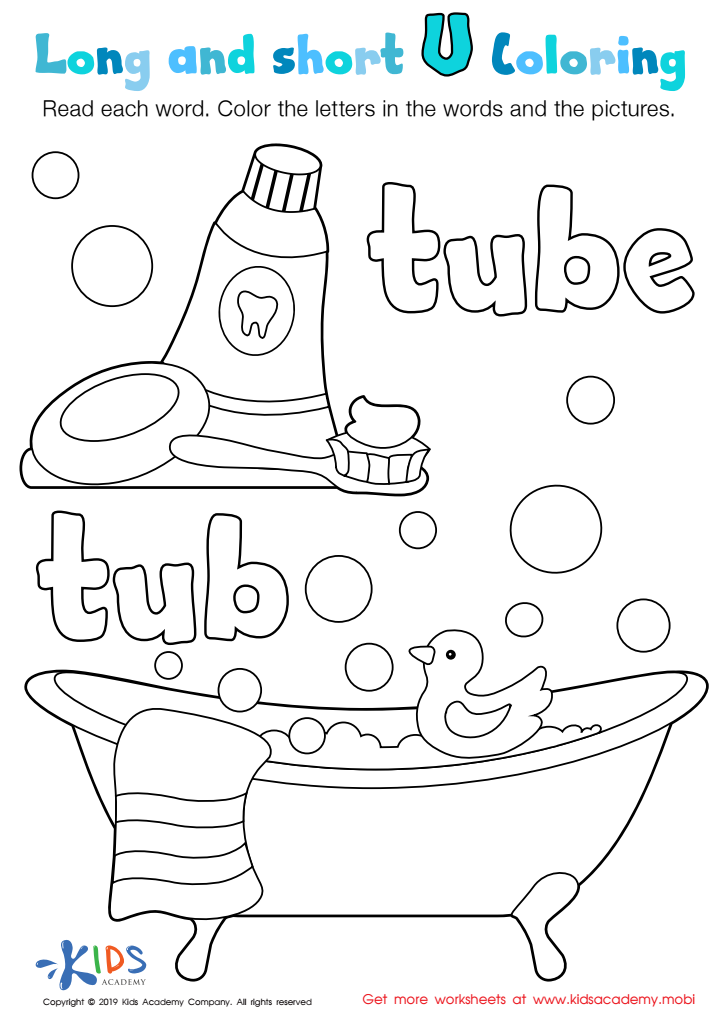

Long and Short U Worksheet
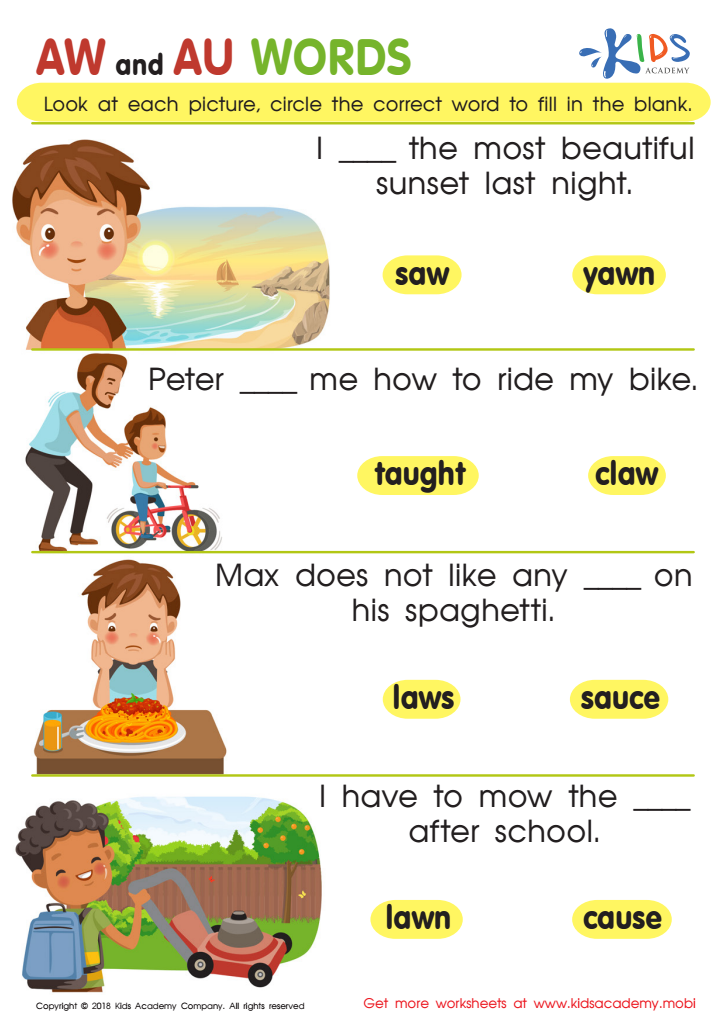

Reading: AW and AU Words Worksheet
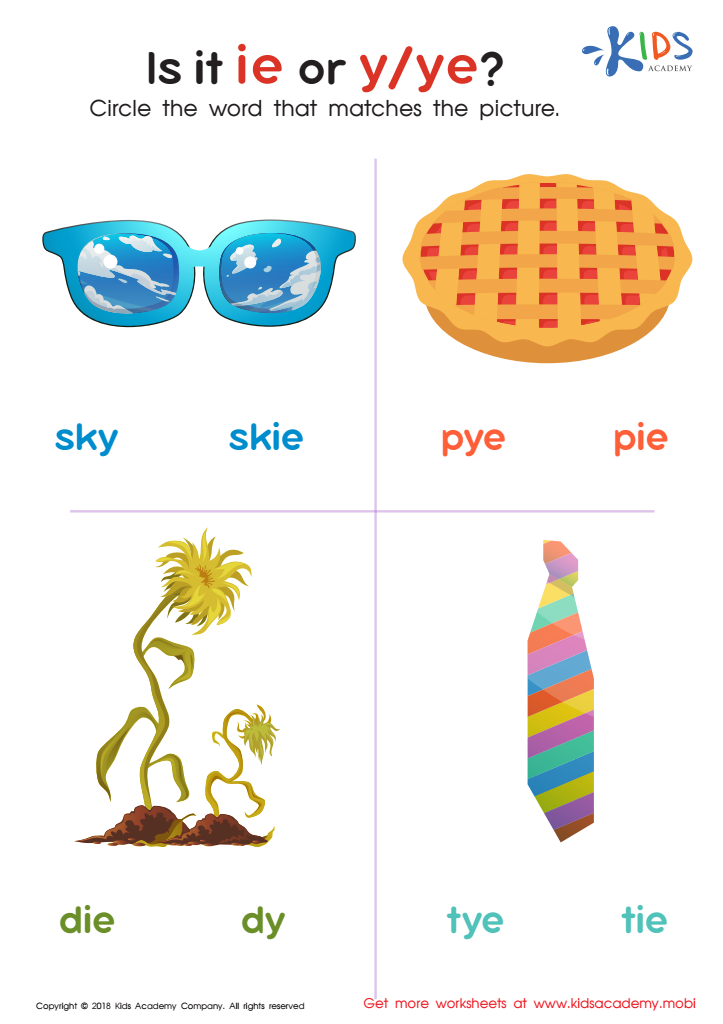

Is It IE or Y/Ye? Worksheet
Parents and teachers play a crucial role in the early development of children, particularly in foundational language skills. Recognizing normal vowels is vital for children aged 3-7 as it forms the bedrock of their phonological awareness. This awareness is a key predictor of later reading success, which in turn influences overall academic achievement.
When children can identify and differentiate between vowel sounds, they become better equipped to decode words, improving their reading fluency and comprehension. Mastery of vowel sounds also enhances their ability to spell, which is essential for effective written communication. Early vowel recognition and subsequent phonemic skills facilitate smoother transitions to more complex literacy tasks, reducing frustration and fostering a positive attitude towards learning.
Moreover, developing strong vowel sound recognition can aid in better speech development. Children who struggle with this may find it difficult to articulate words correctly, which can lead to communication difficulties and potential social challenges.
Investing time in helping young children recognize vowel sounds can have lasting benefits. Interactive activities like singing, reading aloud, and phonics games are enjoyable ways to reinforce these skills. Providing a supportive language-rich environment cultivates a lifelong love for reading and learning, a gift that keeps giving. Parents and teachers should prioritize this aspect to pave the way for their children’s continued academic and social success.

 Assign to My Students
Assign to My Students








